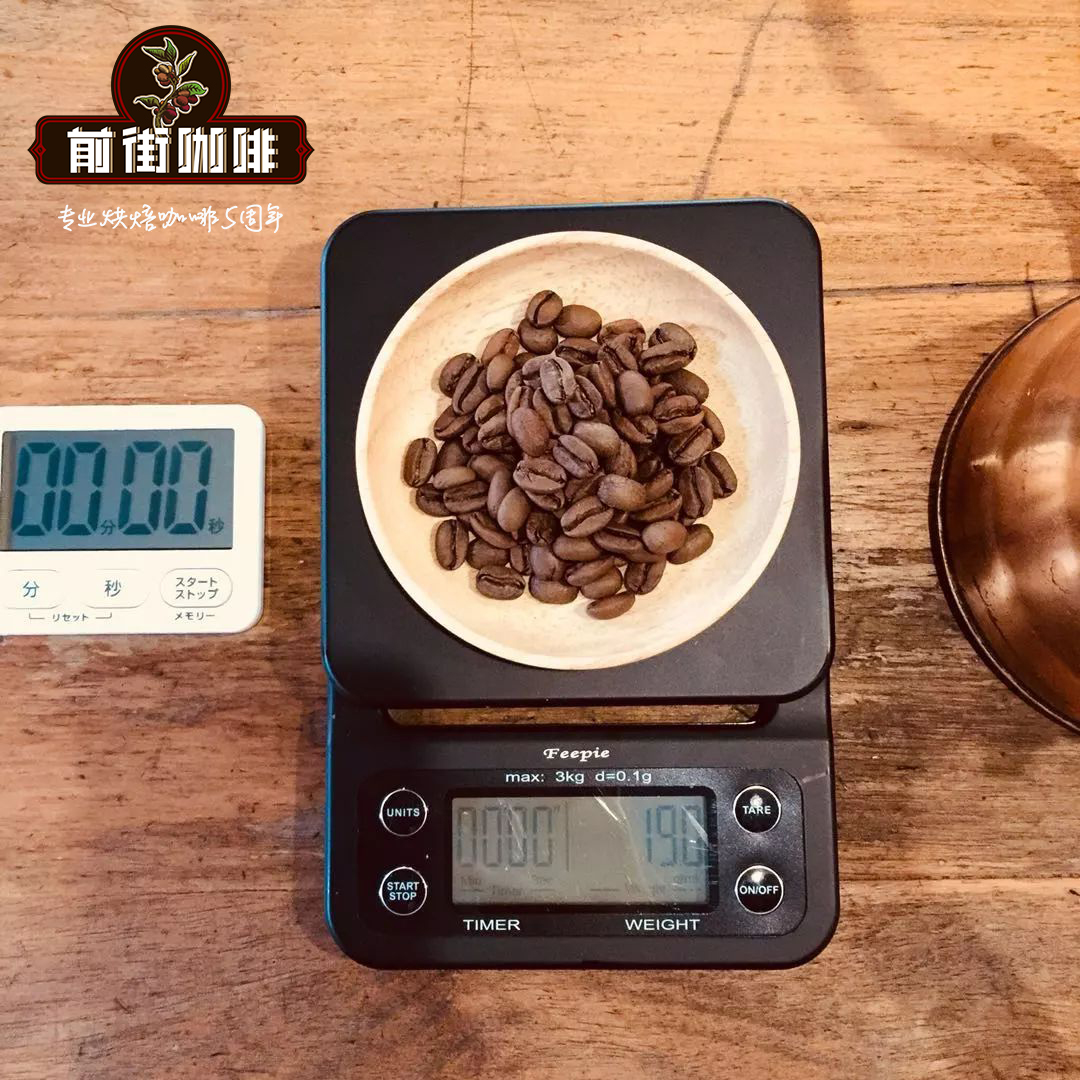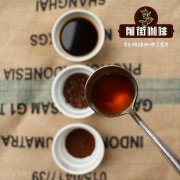Costa Rican Pedregal processing Plant is Kaddura good? how to drink Costa Rican Coffee

Professional coffee knowledge exchange more coffee bean information please follow the coffee workshop (Wechat official account cafe_style)
Costa Rica Don Oscar El Pedregal Caturra
Kaddura, Pedregal processing plant, Costa Rica
Origin: San Marcos de Tarrazu, Costa Rica
Bean seed: Caturra
Processing plant: El Pedregal Farm
Altitude: 1700-1900m
Handling method: Washed
Picking and processing time: 2015 / 2016
Baking degree: Light
Sweet and sour carambola
The Costa Rican Pedregal processing plant, run by Alejandro Sol í s and his family, is located in San Marco, in the Tarazu region of Costa Rica. Mr. Alejandro Sol í s only goes to the peel, ferments, insolates and dries through the microprocessing station of his own processing plant (called Oscar).
This branch from Costa Rica Pedregal processing plant has a very amazing sour quality, its sweet and sour feeling is completely different from the slightly boring "mediocre" flavor of Costa Rican coffee, can clearly capture the sweet and sour feeling of Star fruit juice.
Although the development of boutique coffee started relatively late, but now Costa Rican boutique coffee is developing rapidly, with honey-treated mild acidity, soft taste and sweet high-quality berry flavor, it is not to be underestimated. And the so-called honey treatment (Honey Process): refers to the coffee beans in the washing method to remove the skin and flesh of the step, select the remaining part of the pectin pulp to carry out a fermentation process, this treatment is honey treatment. According to the amount of remaining pectin meat, there are different flavors and names.
We usually see the treatment of honey: yellow honey, red honey, black honey. For example, Costa Rica with yellow honey has about 25% pectin left over, red honey is about 50%, and black honey retains about 80% of pectin flesh. The most obvious difference between them is that they are sweeter from yellow, red and black. Coupled with the rich fruit rhyme, it is deeply loved by all the coffee gluttons.
END
Important Notice :
前街咖啡 FrontStreet Coffee has moved to new addredd:
FrontStreet Coffee Address: 315,Donghua East Road,GuangZhou
Tel:020 38364473
- Prev

Tara Pearl producing area of Costa Rica | small Candle Manor La Candelilla treatment Plant washes Rose Summer Flavor
Professional coffee knowledge exchange more coffee bean information please follow the coffee workshop (Wechat official account cafe_style) Costa Rica Tara Pearl production area | Candle Manor La Candelilla processing plant washing Rosa flavor? Small Candle Manor (La Candelilla) can be said to be the forerunner of micromills, a microprocessing plant. In 2000, Candle was in Costa Rica.
- Next

Vera Saatchi Coffee planting History of Vera Saatchi Manor in the Valley region of Western Costa Rica
Professional coffee knowledge exchange more coffee bean information please follow the coffee workshop (Wechat official account cafe_style) Costa Rica western valley region | Fincattono Vera Sarge coffee bean growing history? Tono Manor is located west of Costa Rica's Poas volcano, a well-known coffee producer: the western valley. Orange County. The manor was in 1960
Related
- Detailed explanation of Jadeite planting Land in Panamanian Jadeite Manor introduction to the grading system of Jadeite competitive bidding, Red bid, Green bid and Rose Summer
- Story of Coffee planting in Brenka region of Costa Rica Stonehenge Manor anaerobic heavy honey treatment of flavor mouth
- What's on the barrel of Blue Mountain Coffee beans?
- Can American coffee also pull flowers? How to use hot American style to pull out a good-looking pattern?
- Can you make a cold extract with coffee beans? What is the right proportion for cold-extracted coffee formula?
- Indonesian PWN Gold Mandrine Coffee Origin Features Flavor How to Chong? Mandolin coffee is American.
- A brief introduction to the flavor characteristics of Brazilian yellow bourbon coffee beans
- What is the effect of different water quality on the flavor of cold-extracted coffee? What kind of water is best for brewing coffee?
- Why do you think of Rose Summer whenever you mention Panamanian coffee?
- Introduction to the characteristics of authentic blue mountain coffee bean producing areas? What is the CIB Coffee Authority in Jamaica?

